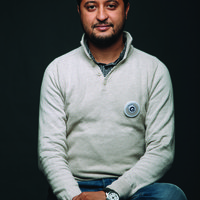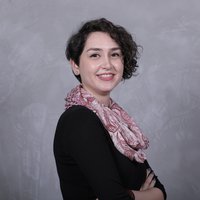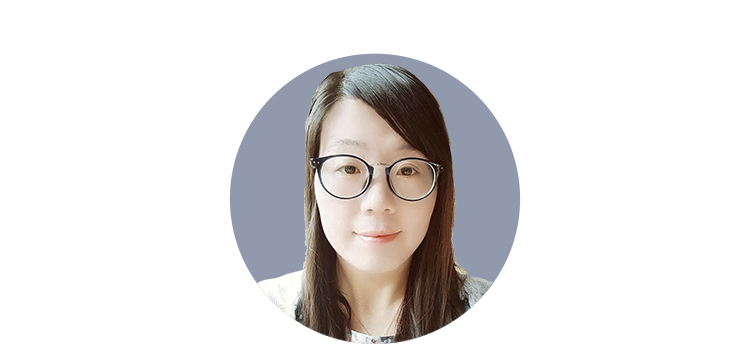Artificial vision has been a research hotspot in recent years, and the scientific community has been exploring artificial methods to restore the light-sensing ability of the retina. However, the existing designs are too complicated, and the organic conductive materials used have limited spatial resolution. At the same time, in order to generate and transmit signals, they usually need to be implanted with an additional microelectronic processor, which limits the application of artificial photoreceptors.
As a graduate student at Fudan University, Jing Tang played a key role in conceiving the idea of the NanowireRetina, developing artificial photoreceptors, all while publishing her discovery in Nature Communications in 2018. Tang had successfully developed a new artificial photoreceptor of titanium nanowire arrays modified with gold nanoparticles. The arrays restored the green, blue, and near UV light responses in the retinal ganglion cells (RGCs) of mice with a spatial resolution at 50 µm, which is close to that of normal mice. Moreover, neurons in the primary visual cortex can now respond to light after subretinal implantation of nanowire arrays. Improvement in pupillary light reflex suggests the behavioral recovery of light sensitivity. This breakthrough is also the world's first use of nanowire arrays for retinal implants. This achievement offers a revolutionary approach for the treatment of diseases such as macular degeneration. A new generation of implantable artificial photoreceptors developed based on an artificial retina biomedical device has the potential to help restore vision to blind patients. It therefore opens up the prospect of a new paradigm for retinal prosthesis and neuroprosthetics.
Currently, Tang is a researcher at Stanford University. In the future, she hopes to become a professor, teaching fundamental courses to both undergraduate and graduate students and inspiring their interest in scientific research. As Tang puts it, “Going forward, I envision three major goals driven by my curiosity: advancing my research, mentoring young scientists, and translating the results of my research into new, valuable technologies to solve problems and help people—I want to find out how we can translate these technologies into actual human clinical therapies.”
Tang graduated from Fudan University with a doctorate degree in chemistry in 2016 and after getting her PhD, Tang performed postdoctoral research jointly at Harvard Medical School and the Koch Institute at MIT. Tang is currently a researcher at Stanford University working on bioinspired materials and devices for health and sustainability.




